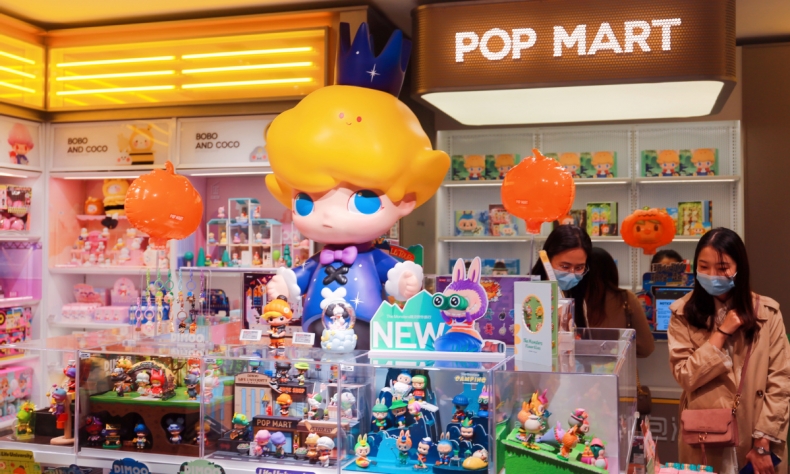Chinese Brands Are Making Waves Worldwide

With a focus on branding, combined with China’s formidable innovation and logistics capabilities, Chinese consumer brands are set to become more popular worldwide over the coming decade.
It’s undeniable: The 2020s are the decade of the Chinese consumer brands. From electronics to collectible toys, Chinese brands are making waves worldwide. A study by Google and Kantar found that Chinese brands experienced a continued rise in brand awareness in developed markets during 2021, with an even more remarkable rise in developing economies. Each year, Chinese companies, like DJI, Xiaomi, OnePlus, and POP MART, gain a more significant share of the global consumer market.
These achievements are even more impressive considering few successful global Chinese consumer brands existed a mere decade ago. So, what happened? One answer is Chinese companies’ unmatched logistics and innovation capabilities; however, these attributes only tell half of the story. Instead, it is the ability to create meaningful, different, and salient brands that is vital to the recent success of Chinese consumer companies. By branding, I don’t mean just a pleasant logo, but a company’s process of creating a robust and positive perception among consumers.
For decades, Chinese brands have attempted to launch overseas. But management often viewed branding as unimportant – an activity to be sidelined in favor of the bottom line. For instance, in the 1990s, Chinese soft drink maker Jianlibao attempted to become an international brand like Coca-Cola or Pepsi. They had achieved incredible domestic success, even sponsoring the Chinese team at the 1984 Los Angeles Olympics, and had the necessary financial firepower to invest overseas. The first step was to conquer the North American market – a goal seemingly within the company’s grasp. With substantial investments in factories, supply chain capacity, and, most importantly, a delicious product, Jianlibao was set to flood the market.
But upon launch, the failures of the company’s strategy were laid bare. Their heavily underfunded marketing team had failed to create a brand that consumers could connect to, so the launch went largely unnoticed by consumers. The mistake was fatal. Over the following weeks, Jianlibao’s drinks did nothing more than gather dust on supermarket shelves. Worse still, as the company expanded overseas, it lost focus in China and began losing market share to competitors like Coca-Cola.

Thirty years later, few outside China remember Jianlibao, but their failure revealed a crucial lesson: Creating an international brand takes more than domestic success; and a phenomenal product or service requires a strong brand identity. As a result, the most successful global Chinese companies, such as OnePlus, Xiaomi, DJI, and VIVO, pay meticulous attention to how they are perceived.
Branding is the integral step for Chinese brands to get right to have a successful overseas market launch. Looking back at history and the development of the country, Chinese companies have always been formidable in supply chain and price, but only with a strong brand identity and unique values can a brand successfully launch overseas.
However, creating a solid brand identity that resonates with consumers inside and outside China is complex – not least due to language differences. In general, cultural distinctions between different regions and countries make it hard for any company to create a compelling brand story that fits all. Moreover, what resonates in one country won’t in another. Therefore, the best brands don’t take a one-size-fits-all approach to different markets, selling the same products and services. Instead, they adapt.
The global expansion of POP MART, the Beijing-based collectible toy company, is a masterclass in local adaptation. Since its overseas operations began in 2018, it has expanded rapidly and is available in over 20 countries. Vice President Justin Moon attributes much of the success to the company’s use of country-specific models and locally-run social media channels.
Local appeal is crucial for foreign market expansion. However, global success can only be achieved if there is still guiding consistency throughout the brand and its culture, no matter the country.
Over the years, it’s clear that the Chinese companies who have invested in building their brands can achieve sustainable, quality growth. With a focus on branding, combined with China’s formidable innovation and logistics capabilities, Chinese consumer brands are set to become more popular worldwide over the coming decade.
Jay Ian Birbeck is a freelance writer based in Guangzhou. He received an MSc in Digital Humanities from UCL.
 Facebook
Facebook
 Twitter
Twitter
 Linkedin
Linkedin
 Google +
Google +










